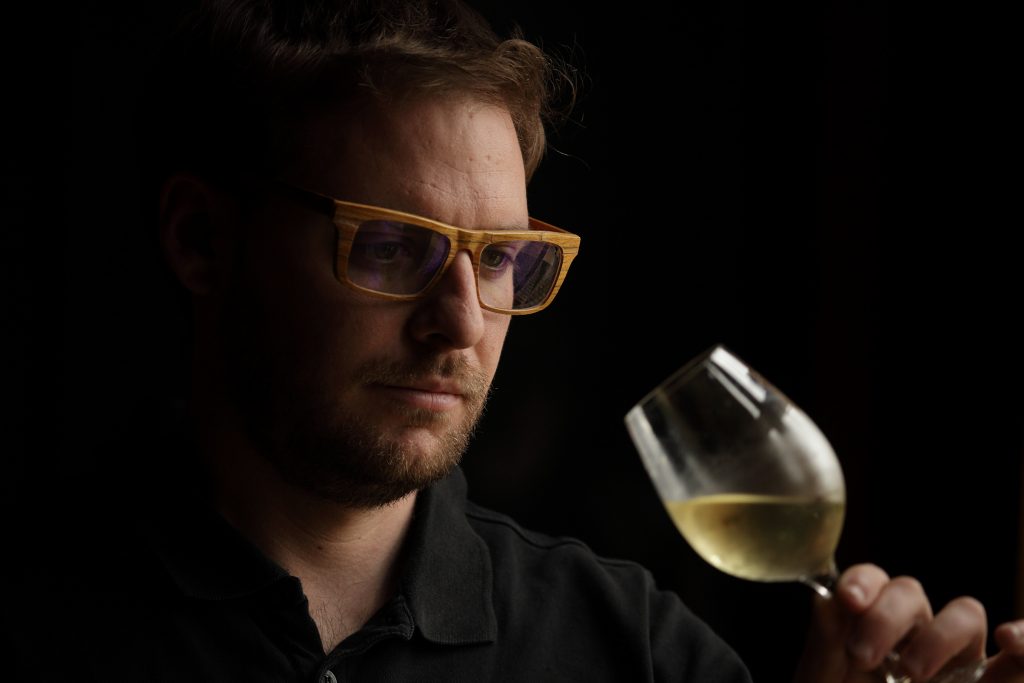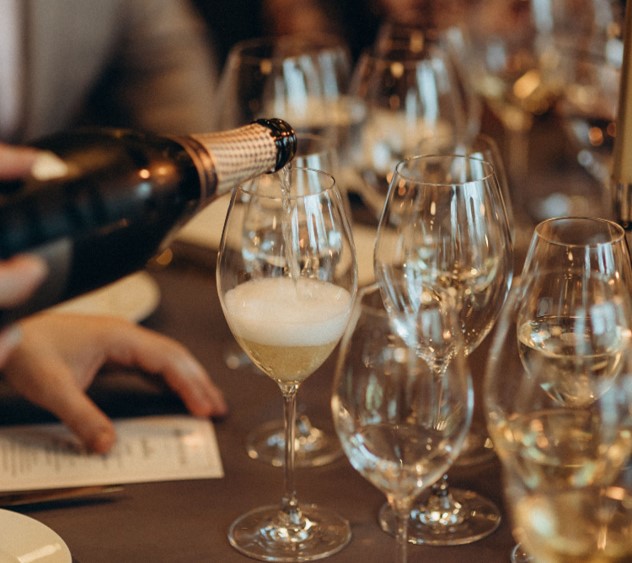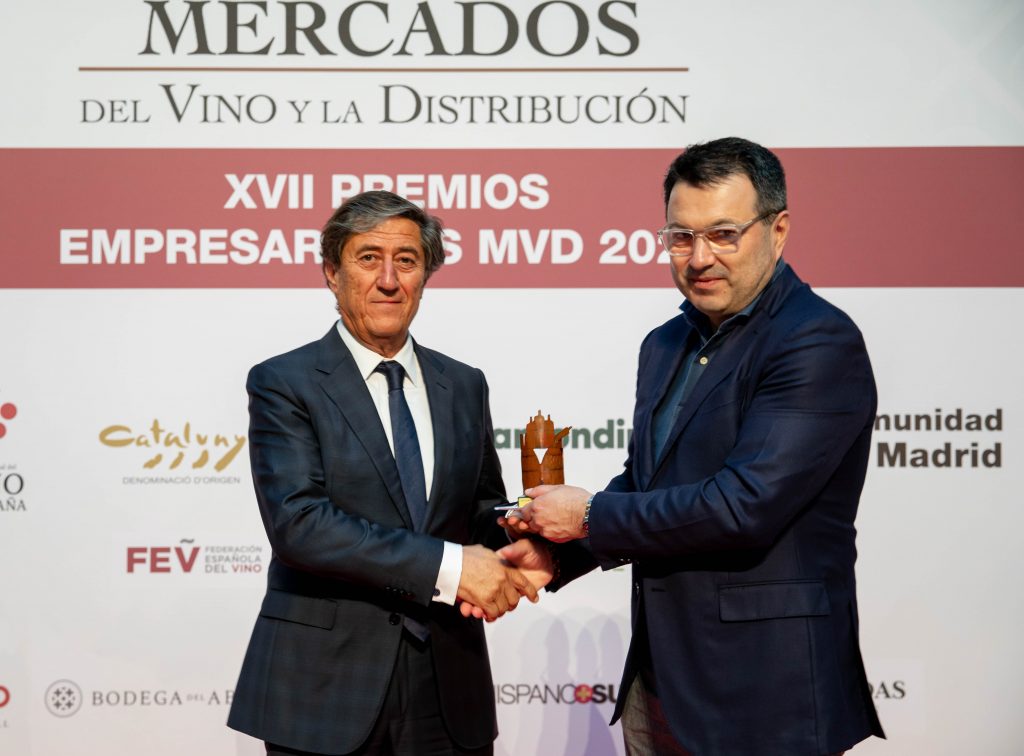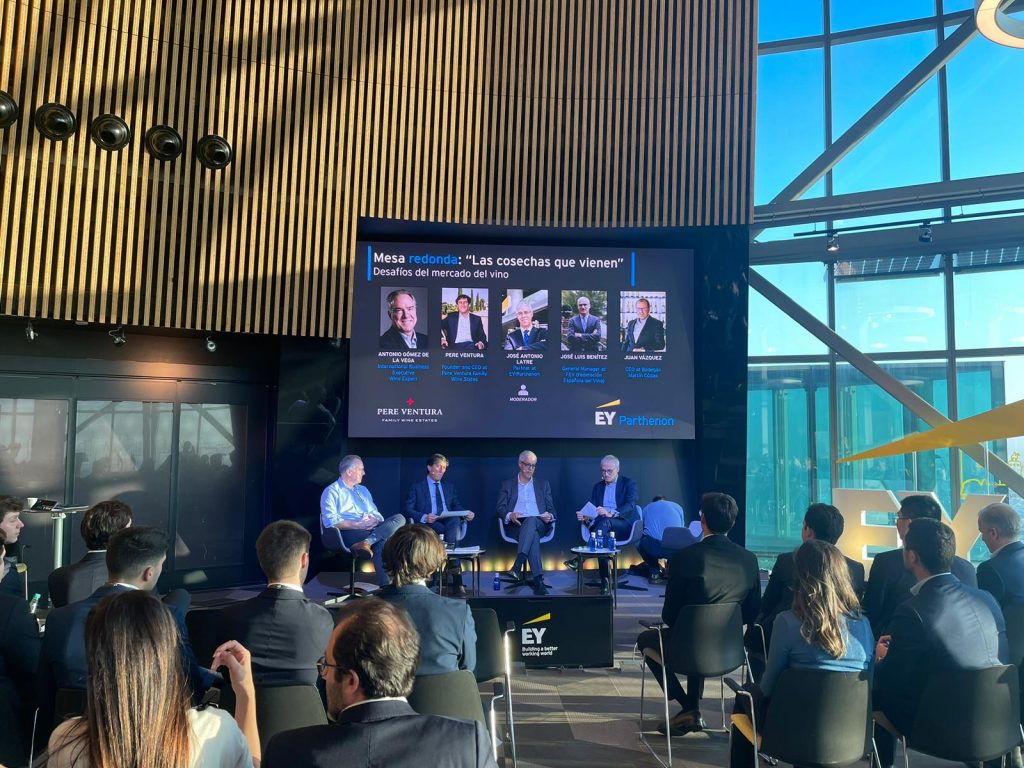Approaching the harvest 2017
PVFWE Communication team talks to Jordi Calvo and Sebastià Galimany, PERE VENTURA FWE winemakers in the Penedès, right next to the old xarel·lo vineyard of ‘La Romana’, at the ancient Estate of Can Bas Domini Vinícola.
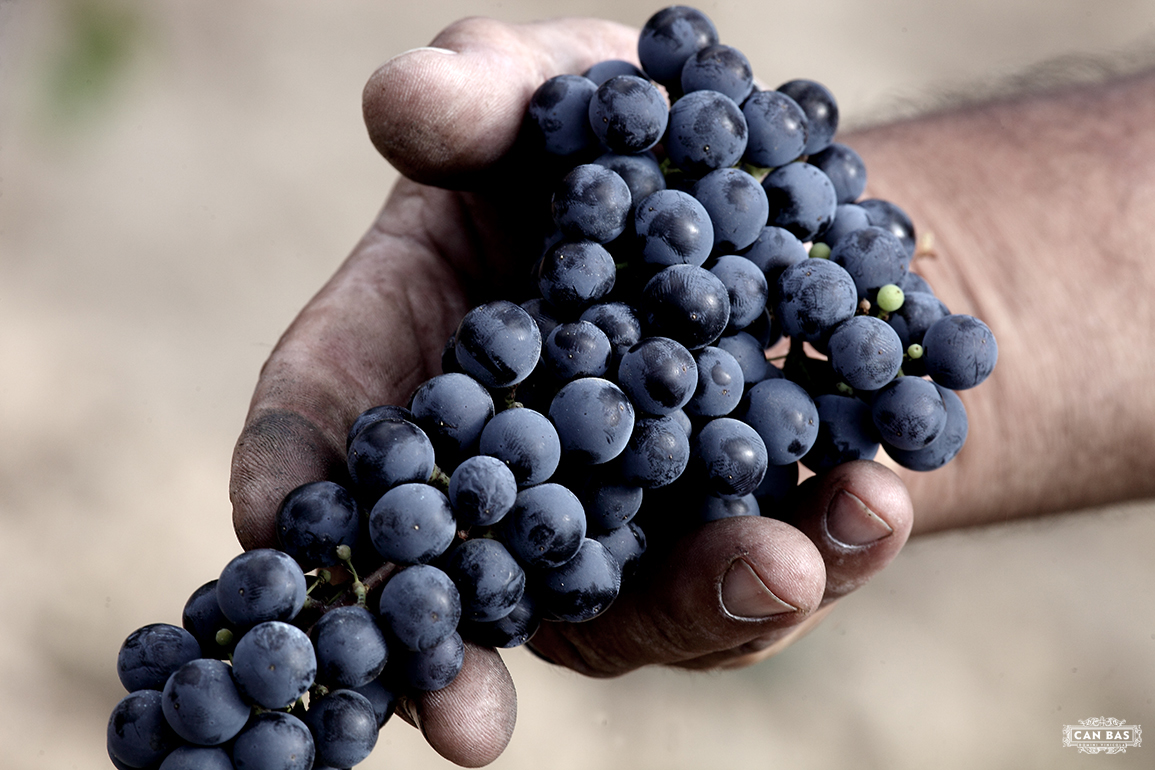
Can Bas is a place where vines have been cultivated for more than two thousand years; a settlement inhabited since ancient times; an ancestral home created from an old farmhouse; an area of agricultural production dedicated without interruption to viticulture.
THE HARVEST, THE ESSENCE THAT EXPLAINS OUR WINES
Let’s talk about the harvest 2017 at PERE VENTURA FWE.
SG: Pere Ventura FWE harvest started 8 August, at Chardonnay’s ‘El Serral’ plot located right next to PERE VENTURA winery. The harvest started at 7am, when temperatures are not high yet. We do so in order to collect the grapes when they are still relatively cold. ‘El Serral’ plot has very particular low yields, due to its lack of drainage. But we find an excellent grape production in most of the years, generally used for the Vintage and Cuvée Gran Reserva Cavas.
SG: It should be noted that we had never seen an early harvest as in 2017: almost 10 days before we expected. We are facing an exceptional harvest with lower productions. Therefore, we are constantly seeking for the perfect balance between acidity and alcohol content.
JC: The winegrowing and oenological practices applied to PERE VENUTRA FWE are first-rate. We are particularly convinced of the importance of being extremely tidy in the cellar, all the time, almost like a laboratory. Also, the way we treat grapes and vines is unique, transferring such delicacy and knowladge to elaborate each of our wines.
TYPICITY
What is the harvest at PERE VENTURA FWE like?
JC: The harvest begins early in the morning on the vineyards, where the grapes are always collected manually. Here is where the first selection of the grapes takes place. This year we found very healthy fruit, so the selection in the vines has been lower. Later on, the grapes are transported in 225 kg boxes, from the plot to the cellar, which are deposited in fridges, while cooling them down at about 10 degrees for 24 hours.
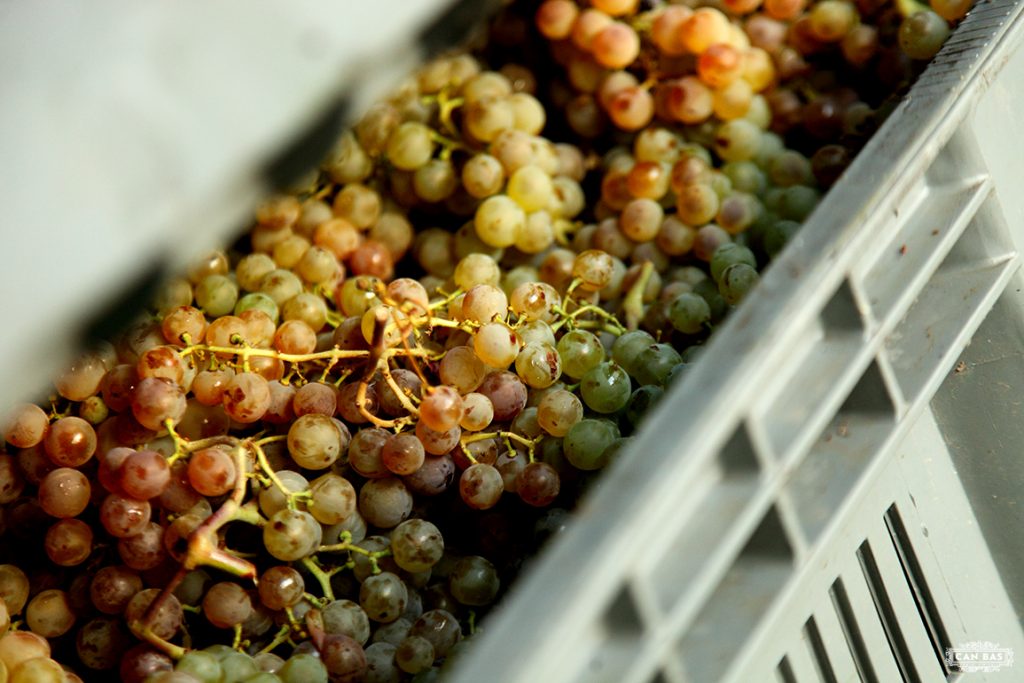
JC: We cool them down to ensure that, at the crucial moment during the pressing, the grapes do not oxidise. We avoid pre-fermentation problems by doing this.
SG: Once the grapes have reached the right temperature, we bring them to the cellar, and they go through a double selection on the table. After this meticulous work, oenological techniques vary, depending on the type of wine you want to achieve. The winemaking process for cava differs strongly comparing to still wines.
What are these differences?
SG: To obtain a long aging cava, we look for acidity and a lower alcohol content. For this reason, the grapes used must be harvested earlier.
JC: On the other hand, when we want to elaborate fine still wines, we stem the grapes. We look for a more fruity must, avoiding the herbaceous and primary notes coming from those stems.
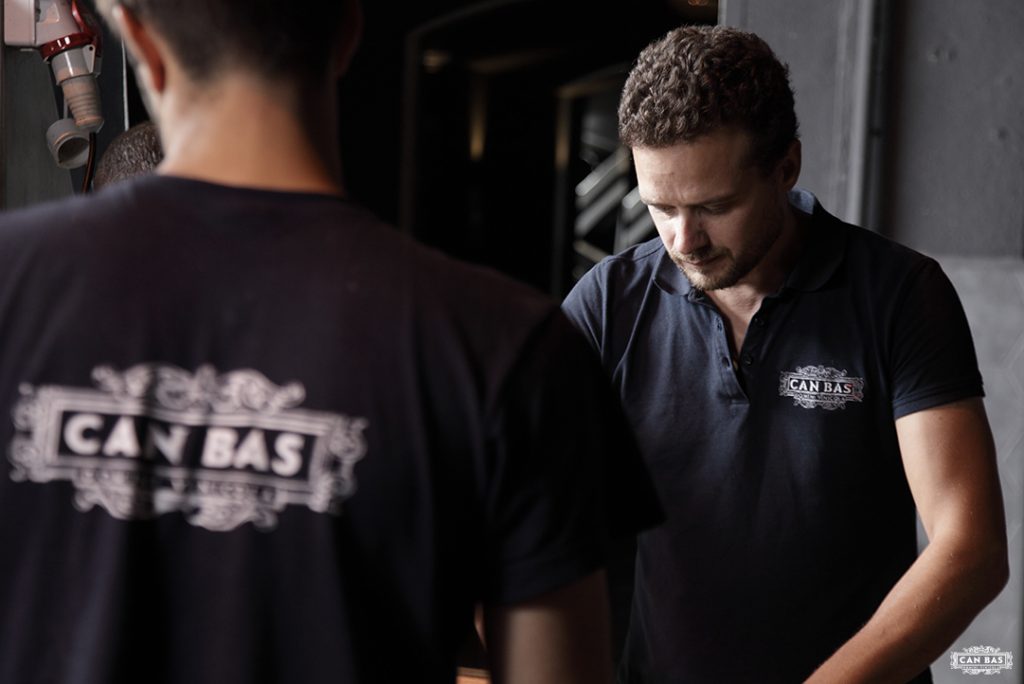
Could you explain the magical wine creation process to us?
SG and JC: laughing.
JC: It’s a magical process basically thanks to the yeasts.
SG: For the PERE VENTURA cavas we seek for spontaneous fermentation with the autochthonous yeast sourced from Pere Ventura Estate in Can Bas. This, leads us to further emphasize the typicity and peculiarity of our cavas.
2017 VINTAGE
Finally, how will the harvest develop? and what can we expect from 2017 wines and cavas in the upcoming months and years?
JC: As we said, 2017 has been an exceptionally hot, dry season, where the vines have suffered greatly. The weather allowed us to harvest before and less quantity, but the health of the grapes is exceptional. We are eager to taste the first fermented wines in the Cellar already.
